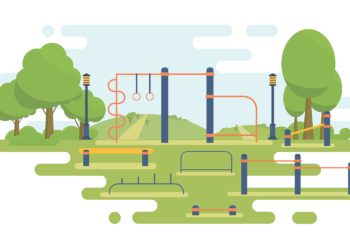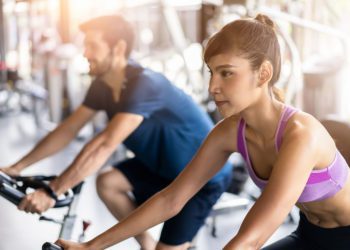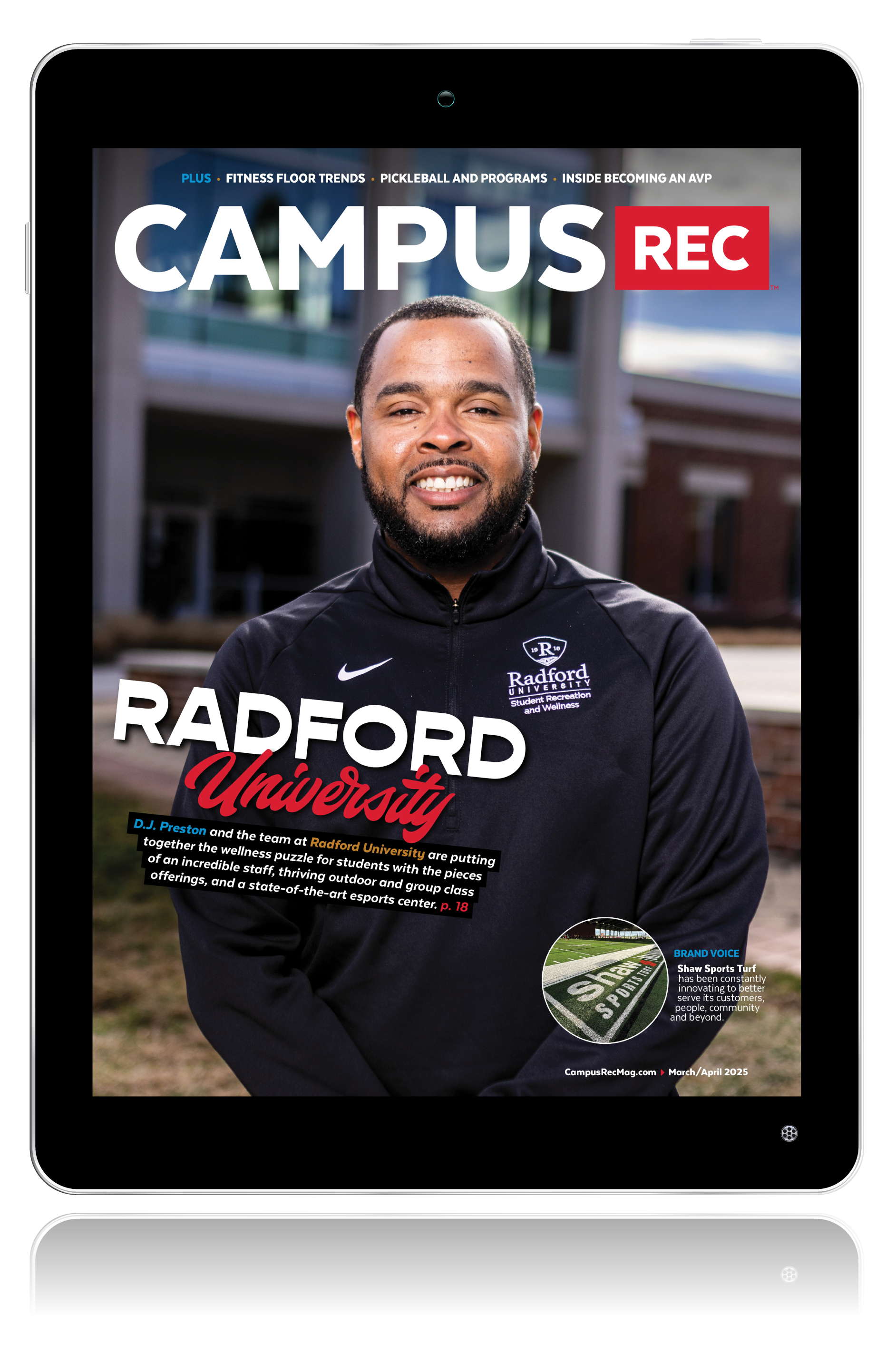It is recommended to maintain indoor relative humidity between 35 and 50 percent, and air temperatures between 55 and 75 degrees Celsius, year-round, where maple sports floors are located. By limiting wide swings in atmospheric conditions inside the facility, you will reduce the expansion and contraction of the flooring system. If flooring materials are properly acclimated, a 15 percent fluctuation of indoor relative humidity will not adversely affect the maple. Excessive shrinkage and/or expansion may occur with indoor relative humidity variations in excess of 15 percent. Maple sports floors typically expand in the more humid spring/summer months and suffer from excessive expansion in the drier winter months.
What is excessive shrinkage? No, it’s not George Costanza, “I was in the pool” kind of excessive shrinkage. If you can fit a quarter between the side joints of the maple flooring strips, you can consider that excessive. Excessive expansion is harder to measure, but easy to identify. Check the perimeter of the floor system to ensure the floor system is not in contact with the walls or other vertical obstructions. Excessive expansion can lead to cupping or buckling of the maple sports floor.
In buildings where air conditioning is not available, many facility managers make use of circulating or venting fans. Other facilities have vent windows or corridor doors available to open, as needed, to improve air circulation. Facilities without adequate HVAC equipment to regulate the indoor atmosphere, or those facilities that are “closed up” with no ventilation for long periods of time, such as summer breaks, are more likely to develop flooring problems directly related to environment.
The most important part of that recommendation is the 15 percent fluctuation. Based on the facility’s geographic location, it might not be possible to maintain 35 to 50 percent and a temperature between 55 and 75 degrees Celsius. An excellent example of this would be maple floors in Arizona. It is very unlikely a facility with a maple floor in this geographical location will be able to maintain 35 to 50 percent indoor relative humidity. However, if they maintain an average high and an average low indoor relative humidity that are not separated by more than 15 percent on average for the year, they will not see excessive movement in the floor system.
Remember, your maple sports floor is a living thing which will adapt to its environment, so a happy gym results in a happy floor.
By Daniel F. Heney, the executive director of Maple Flooring Manufacturers Association. Reach him at 888.480.9138 or dheney@maplefloor.org. For more information, visit maplefloor.org.










